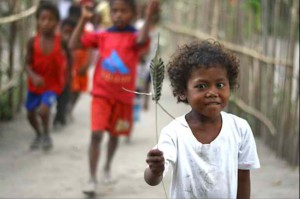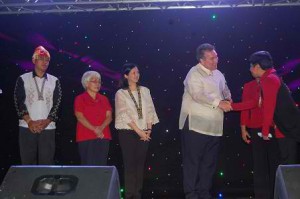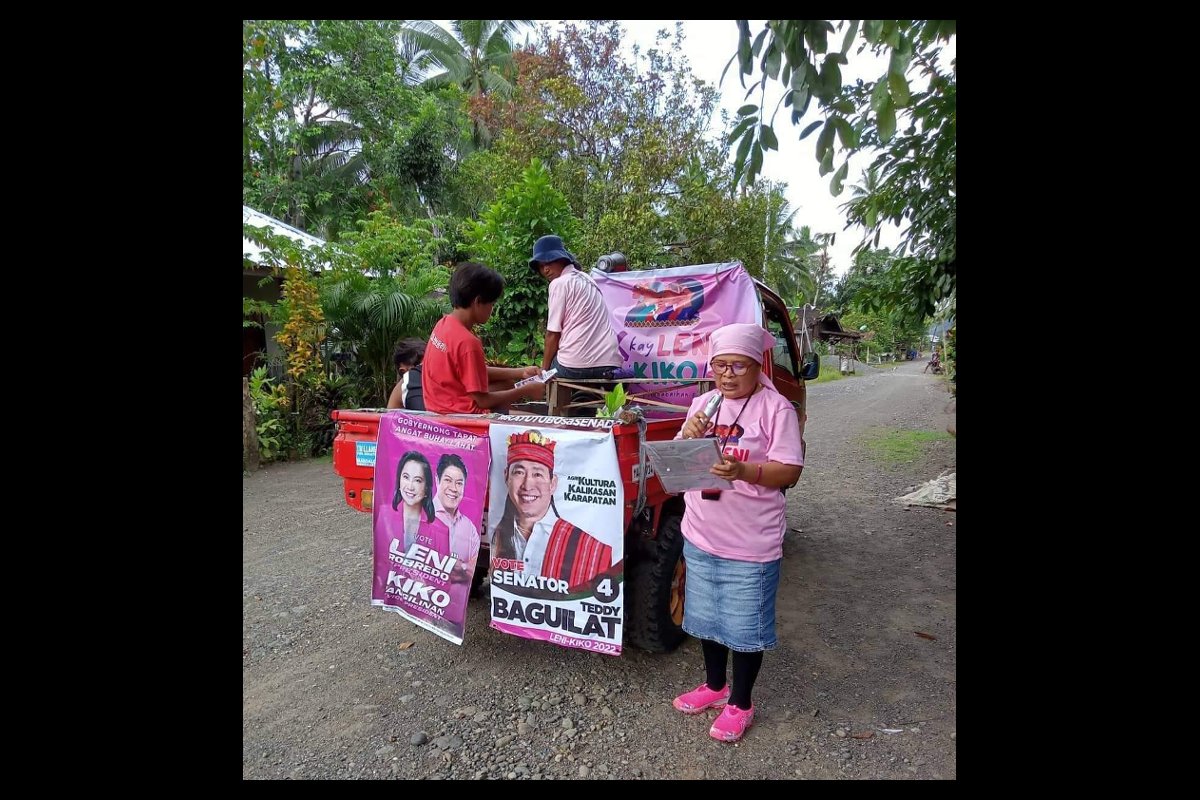Text, photos and video by VINCENT GO
A CULTURAL regeneration program held recently at Manabayukan Village in Capas, Tarlac brought together Aeta communities from several villages in the province to strengthen their cultural bonds and preserve their identity and indigenous way of life.
Spearheaded by the Holy Spirit Aeta Mission of the College of the Holy Spirit at San Sebastian in Tarlac City, the program is part of the school’s mission to organize and empower indigenous communities and to help them secure their ancestral domain.
The Aetas are among the earliest known inhabitants of the Philippine archipelago, believed to have traveled by land bridges in historic times. Most of them settled in the provinces around Mt. Pinatubo and lived a nomadic way life, surviving by foraging and hunting, and depending on nature to provide them with everything they needed. They believe in the supreme creator and the spirits of the forest and that bad things fall on those who do not respect nature and the environment.
In June 1991, Mt. Pinatubo erupted, hitting the reclusive Aeta communities who thought it was the end of the world when day turned into night and ashes started to cover everything. Family members were separated or perished in the devastation, what little livestock they had disappeared, and the forest that nurtured their existence burned or was destroyed by pyroclastic lahar deposits.
This disaster forced Aeta communities into relocation, exposed to lowland culture, and alienated in a system where money was everything. Living in a constrained area of land proved to be very hard for the Aetas who are used to the free spirited way of the forest. Some of the Aetas became laborers doing menial jobs while others resorted to begging in the streets to survive in the lowlands. Others longed to go back home to the mountains.
It took several years for the Aeta people to be able to resettle back in the land they once knew, only to find lowlanders taking advantage of their miseries. Plantations, mining, logging and tour companies had moved into their domain, making it harder for them to preserve their culture. Outsiders also failed to properly compensate them for the encroachment.
To this day Aeta elders believe that the Mt. Pinatubo eruption was a sign of anger and displeasure from their anito (deity) because people failed to respect nature and the environment.
The cultural regeneration program is their way of returning to their roots and at the same time building their capacity to respond to the pressures on the community.


